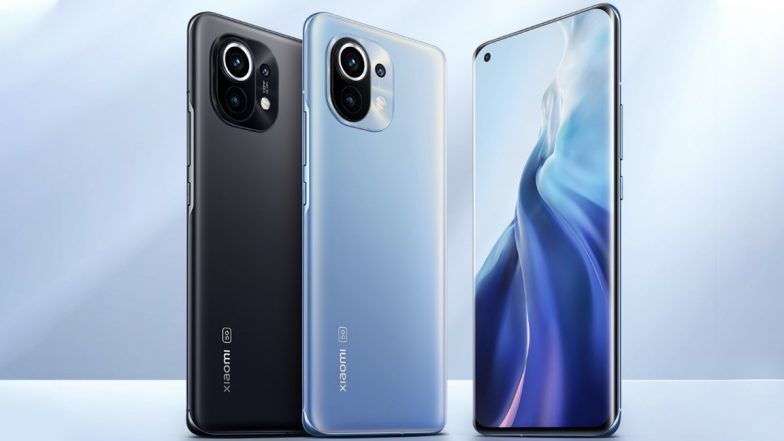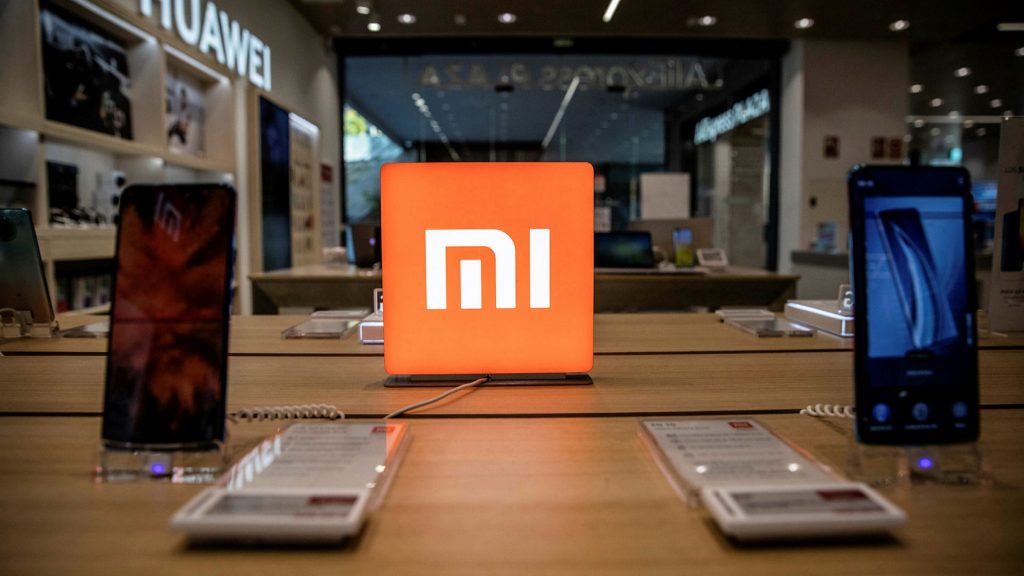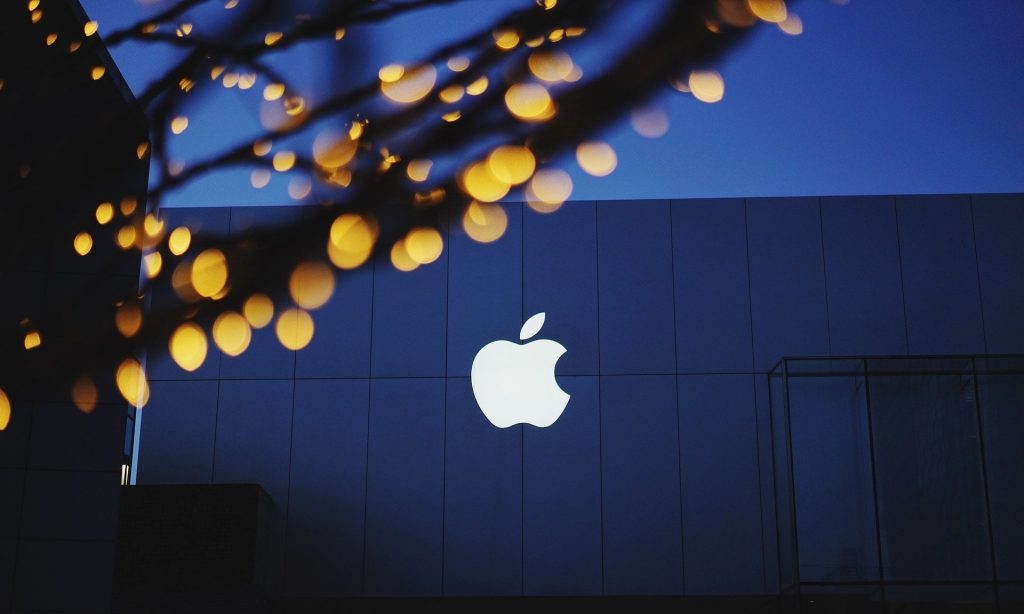New Xiaomi Mi 11 launched globally on a virtual event: Features, price, and availability.
On 8th February 2021, Xiaomi’s new Mi 11 launch was announced globally at an online event. The new Mi 11 is the flagship phone of the company that was unveiled in China in December 2020. Xiaomi Mi 11 comes with the Qualcomm Snapdragon processor of 888 SoC and many other jaw-dropping features to get added to your cart this year. Mi 11 has a storage of 256 GB along with a 2K display and a hole-punch design. The company along with revealing the Mi 11 also announced the launch of MIUI 12.5. It will also roll out across the globe.
MIUI 12.5 is going to give the customers a revamped UI experience as it will reduce the CPU usage of apps by 22 percent and also increase power efficiency by 15 percent. The new MIUI 12.5 will be incorporated in the upcoming models of Mi including Mi 11 which will be available in the second quarter of 2021. So, let’s have a detailed look into the specifications of Mi 11 along with its price and availability.
Specifications of Mi 11
The new Mi 11 will run on Android 10 integrated with the newly revealed MIUI 12.5. This new smartphone is featuring a dual sim (nano), 6.81 inches 2K display with 1440X3200 pixels AMOLED display Mi flagship product. The weight of the phone is 196 grams. The display of Mi 11 has Corning Gorilla Glass Victus protection along with 1,500 nits of peak brightness (Gadgets 360). The refresh rate of the display is 120Hz and the touch sampling rate goes up to 480Hz. As mentioned above, the phone is powered by Qualcomm Snapdragon 888 Soc. It also has an LPDDR5 8GB RAM.
The Mi phones are also famous for having a good quality camera system within an affordable price range. The new Mi 11 has a brilliant camera system that will be the first choice of many budding photographers and content creators out there. This new Mi 11 has a triple rear camera flaunting a primary sensor of 108 megapixels with a lens of aperture f/1.85. The lens is also provided with great optical stabilization. Along with it, the secondary lens has a 13-megapixel sensor with an ultra-wide-angle view.

The aperture of the secondary lens is f/2.4 with a field of view of 123 degrees. Sit tight because that’s not all of it. The new Mi 11 has a telenacro shooter of 5 megapixels. It’s really unbelievable that a phone camera is decked up with so many features for the camera system and not to mention the integrated Artificial Intelligence system for adding features like Time Freeze, Freeze Frame, Magic Zoom, etc. The selfie camera, i.e., the front camera has a 20-megapixel sensor and that is the entire camera system of Mi 11.
The storage of Mi 11 is also adequate with 256 GB UFS 3.1 storage. The network connectivity options are 5G, 4G, LTE, Wifi, 6E, and Bluetooth 5.2. Mi 11 has a USB Type-C port and some of the other connectivity options are GPS/A-GPS, NFC, and Infrared (IR). The fingerprint sensor which is present in the display of Mi 11 can also be used as a heart rate sensor. The battery of Mi 11 is a 4,600 mAh battery. Mi 11 supports the Mi Turbocharger of 55W and wireless charging of 50W. The reverse charging support of Mi 11 gives up to 10W of wireless charging.
Price and availability
The price of Mi 11 starts from Rs 65,800 approximately. This price is set for the Mi 11 model with an 8GB + 128GB variant. The price of the Mi 11 providing 8GB and 256GB of storage is roughly Rs 70,100. Another variant of the Mi 11 which comes with the 12GB and 128GB combo is limited to the Chinese market. The phone comes in three color options which are Cloud White, Horizon Blue, and Midnight Grey. The phones offer a two-year warranty and one-time screen replacement which is for one year. Apart from the upcoming Mi 11 models this year, the company will also launch Mi 11 special edition which is going to be very exclusive.

Annasha Dey is an NIT student, who apart from studying engineering is also a content writer. She has a great interest in photography, writing, reading novels, and travelling as well. She is a foodie who loves socializing and hanging out with her friends. She is also a trained Kathak dancer and a big fashion enthusiast. Dey also loves watching TV series, which includes F.R.I.E.N.D.S. and Big Bang Theory. To be a better writer she prefers to read more




